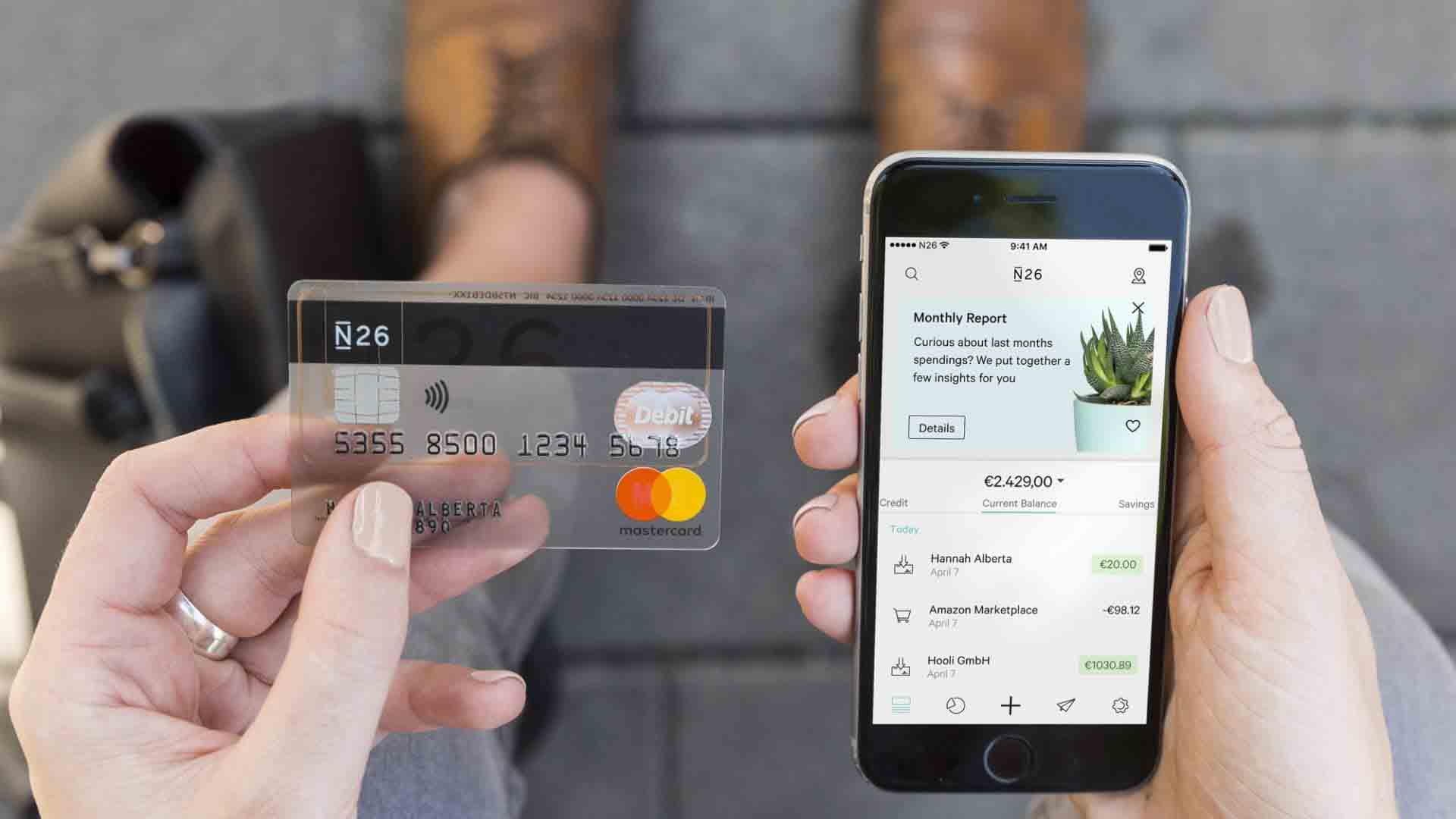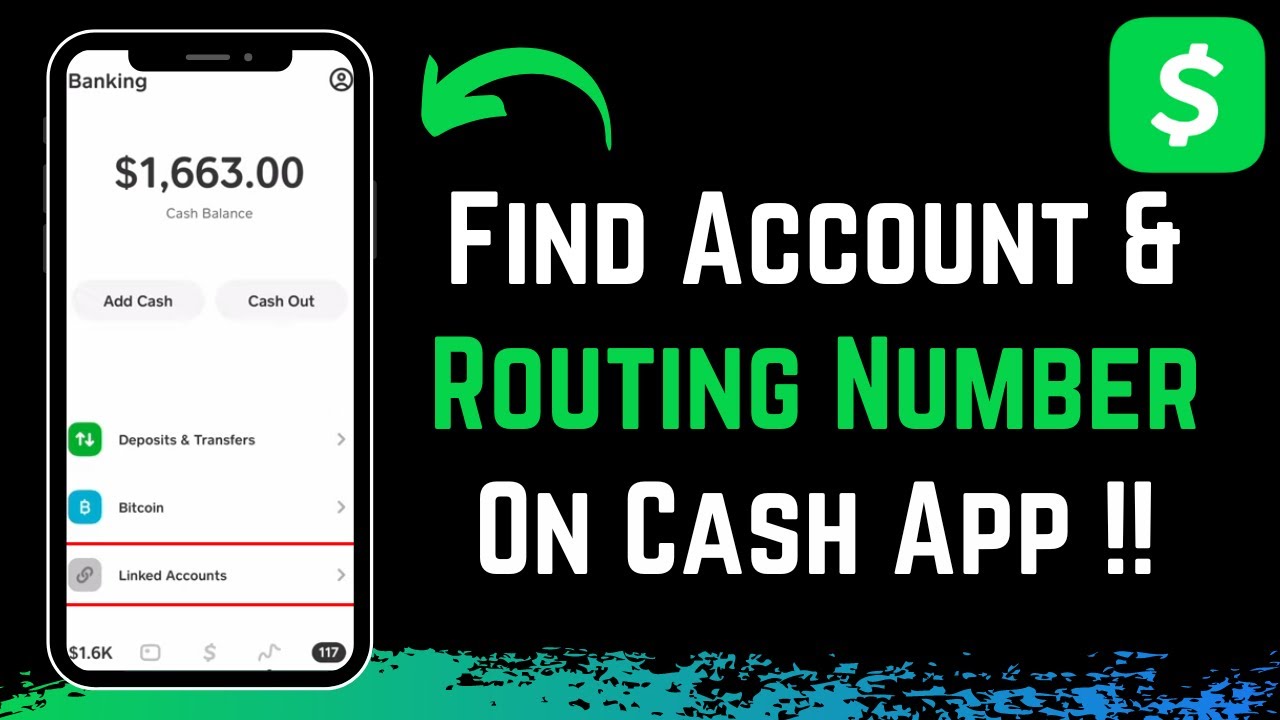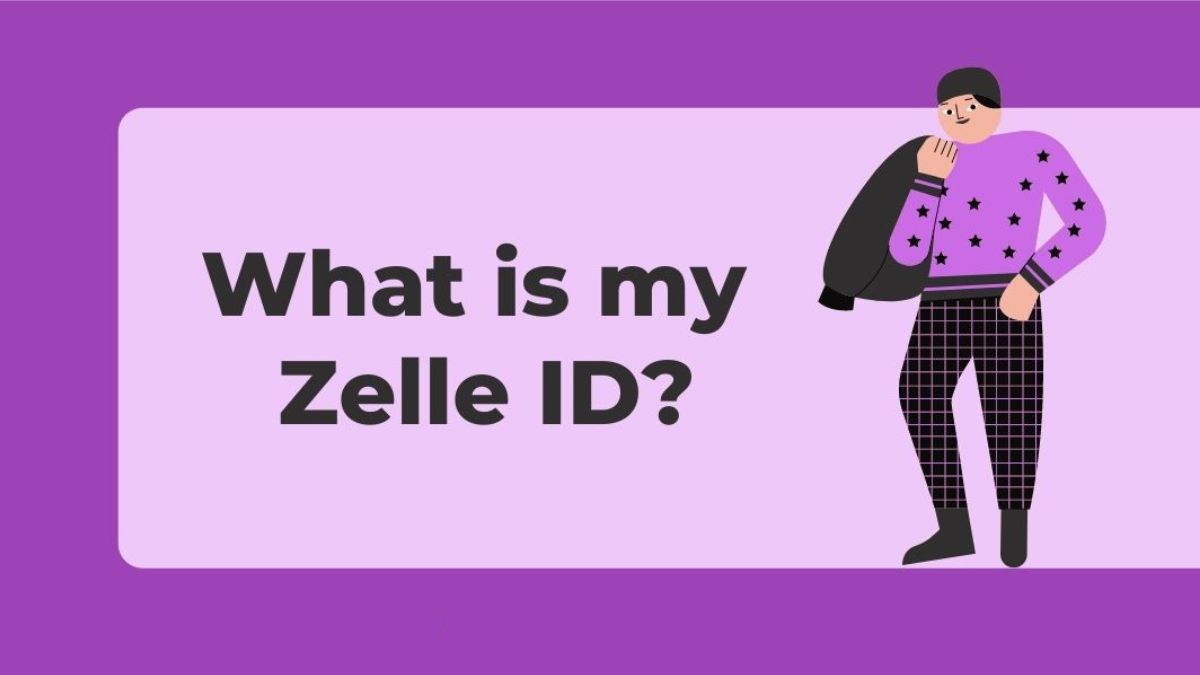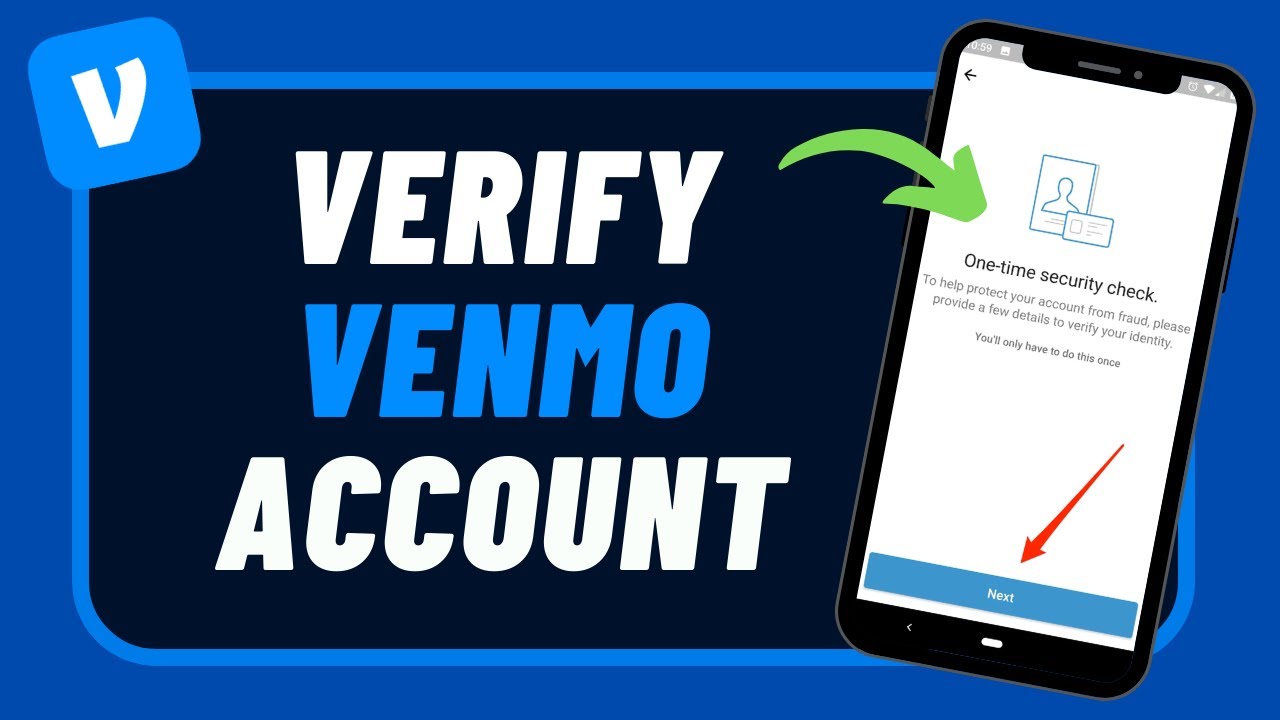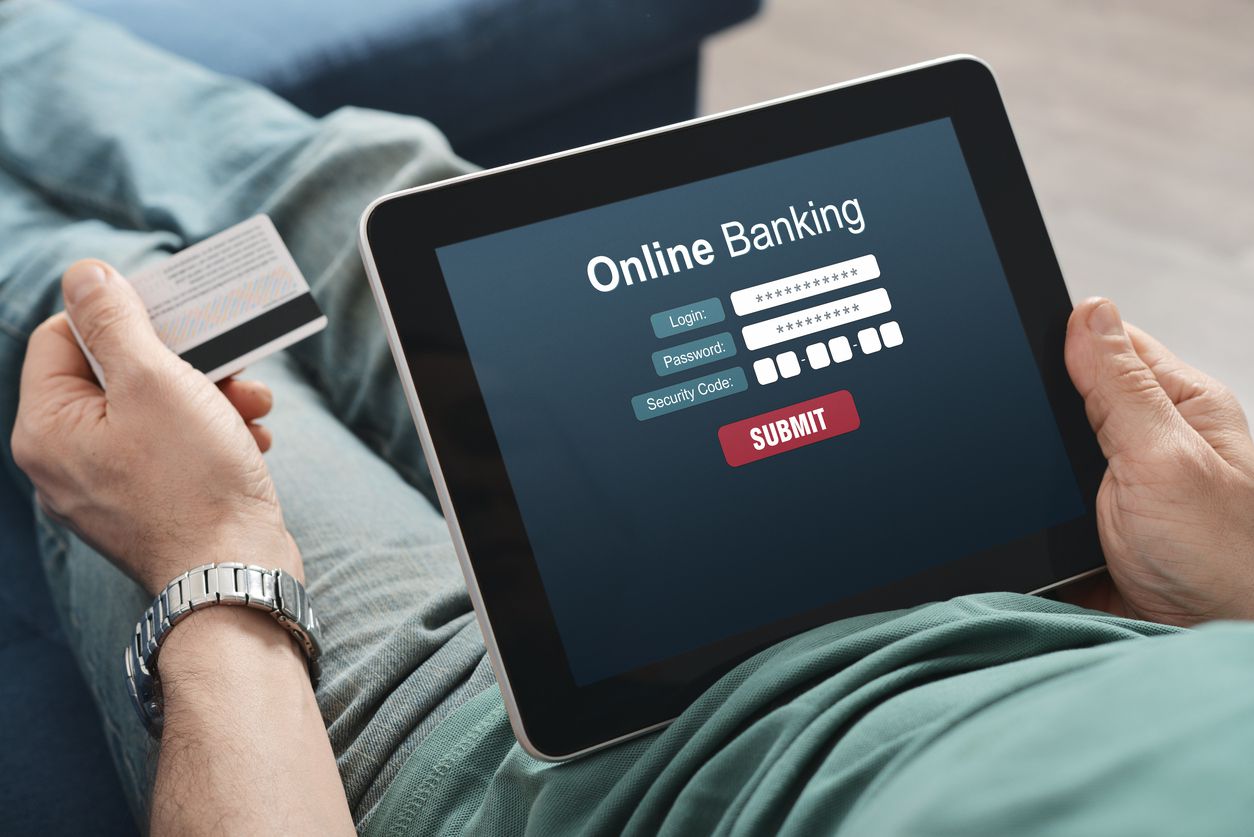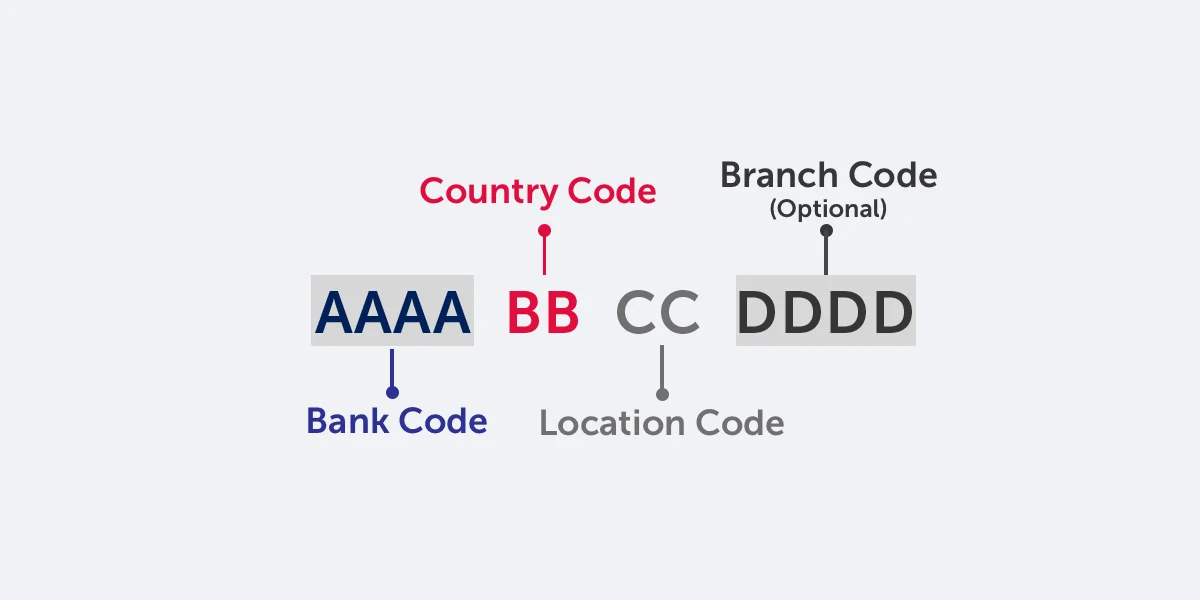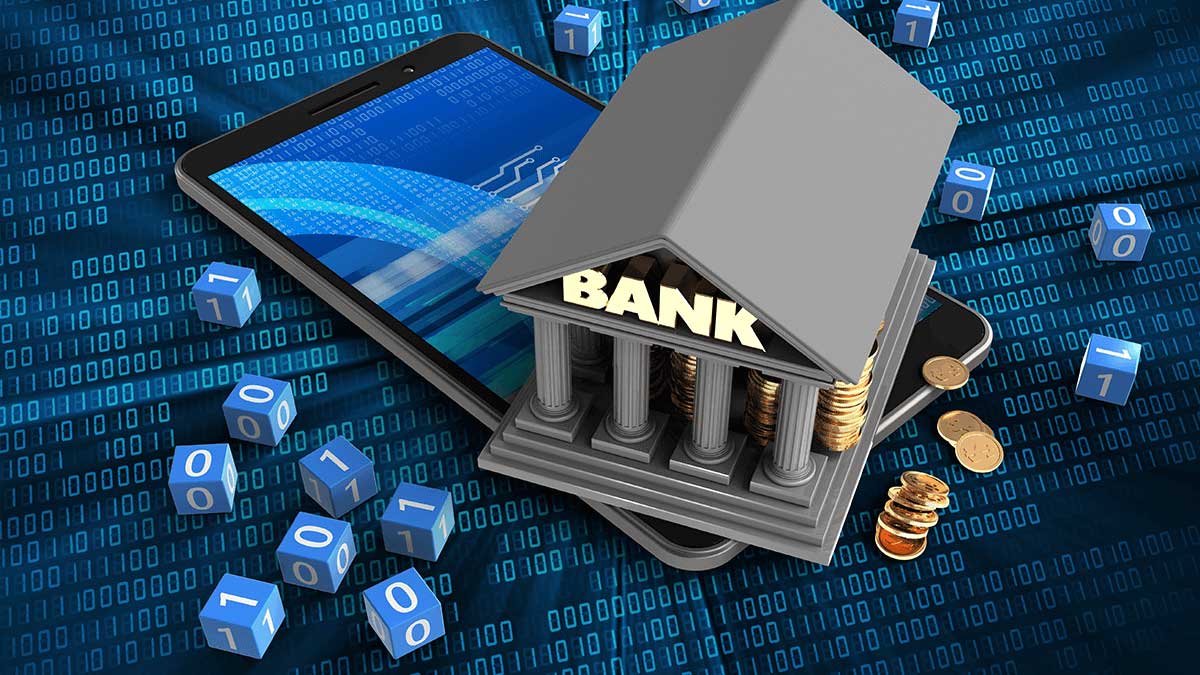Introduction
Welcome to our guide on how to find your banking account number. Whether you’re opening a new account, seeking to make a transaction, or simply need to provide your account details, knowing where to find your banking account number is essential. This unique identifier is crucial for various banking activities, including receiving payments, setting up direct deposits, and verifying your identity when communicating with financial institutions.
While your banking account number may seem like a complex jumble of digits, understanding how to locate it is relatively straightforward. In this article, we will explore different methods to help you easily find your account number. Whether you prefer checking your statements, looking on your checkbook, accessing your bank’s website or mobile app, contacting customer service, or visiting your bank branch in person, we’ve got you covered.
Stay with us as we explain each method in detail, providing step-by-step instructions to ensure you can confidently access your banking account number. Whether you’re a seasoned banking customer or new to the world of personal finance, this guide will help you navigate the ins and outs of finding your account number.
So, let’s dive in and discover the various ways you can locate your banking account number. By the end of this guide, you’ll be equipped with the knowledge to access your account number quickly and effortlessly.
What is a banking account number?
A banking account number is a unique identification number assigned to an individual’s bank account. It serves as an essential piece of information that enables banks and financial institutions to distinguish between different accounts and to facilitate various financial transactions.
Typically, a banking account number consists of a series of digits that vary in length depending on the bank and country. Each account number is unique to a specific customer and is used to identify their account in the banking system.
In addition to the account number, banking systems may also include additional codes, such as branch codes or routing numbers, to further identify the specific bank branch associated with an account.
Banking account numbers play a crucial role in various financial activities. Here are some common situations where an account number is required:
- Making or receiving electronic transfers
- Setting up direct deposits for salary or other recurring payments
- Authorizing automatic bill payments
- Verifying your identity when contacting customer service or conducting transactions
- Linking your bank account to other financial services, such as investment accounts or payment platforms
It is important to note that a banking account number should be kept private and not shared with unauthorized individuals. This is crucial for maintaining the security and integrity of your banking transactions. Always ensure that you are providing your account number to trusted sources and that any communication or online platform you use for banking is secure and encrypted.
Now that you understand the significance of a banking account number, let’s explore the various methods you can use to find yours.
How to find your banking account number?
Locating your banking account number may seem like a daunting task, but there are several methods you can use to find it. Here are five effective ways to access your account number:
- Check your bank statement: One of the easiest ways to find your banking account number is to review your bank statement. This document, typically issued monthly, contains detailed information about your transactions, including your account number. Look for a section labeled “Account Number” or a similar heading to locate your unique identifier.
- Look on your checkbook: If you have a checkbook, your bank account number can be found at the bottom of each check. It is usually preceded by a routing number and appears after the symbol “:” or “|”. The account number will be a series of digits immediately following this symbol.
- Visit your bank’s website or mobile app: Many banks provide convenient access to account details through their websites or mobile apps. Log in to your online banking account and navigate to the account information section. Your account number should be displayed prominently on the screen.
- Contact your bank’s customer service: If you are unable to find your account number through any of the above methods, it is best to reach out to your bank’s customer service. They will be able to assist you in quickly retrieving the necessary information. Be prepared to provide identification details to verify your identity during the call.
- Visit your local bank branch: If you prefer an in-person approach, you can visit your bank’s local branch and request assistance from a bank representative. Provide them with your identification details, and they will be able to provide you with your account number.
Remember, your banking account number is a sensitive piece of information, so it is crucial to keep it secure. Only share your account number with trusted individuals or entities, and be cautious when entering it online or providing it over the phone.
Now that you are familiar with various methods to find your banking account number, you can confidently access your account details whenever needed. Choose the method that is most convenient for you, and enjoy hassle-free banking!
Check your bank statement
One of the simplest ways to find your banking account number is by checking your bank statement. A bank statement is a document provided by your bank that outlines all the transactions and activities related to your account within a specific period.
To access your bank statement, you can either receive it via mail or view it online through your bank’s online banking platform. Once you have your bank statement in hand, follow these steps to locate your account number:
- Review the document: Take a careful look at your bank statement and familiarize yourself with its layout. Banks usually organize statements in a clear and structured manner to make it easier for customers to find the information they need.
- Locate the account details section: Scan through the statement until you find a section specifically labeled “Account Number” or something similar. This section is where you will find your unique banking account number.
- Note down your account number: Once you have located the account details section, take note of your account number. It is typically a series of digits that uniquely identify your bank account.
It’s worth noting that different banks may have slightly different layouts for their statements. If you’re having difficulty finding the account number on your bank statement, consult the statement’s legend or contact your bank’s customer service for further assistance.
Checking your bank statement for your account number is not only a convenient method, but it also provides you with an overview of your financial activities. It allows you to track your transactions, monitor your account balance, and identify any discrepancies or fraudulent activities.
With the account number in hand, you can now move forward with confidence, whether you need to provide it for a transaction, set up direct deposits, or any other banking-related activity.
Look on your checkbook
If you have a checkbook, you can easily find your banking account number printed on the checks. The account number is typically located at the bottom of each check and is identifiable by specific symbols and positioning. Follow these steps to locate your account number:
- Take out your checkbook: Retrieve your checkbook from a safe and secure location. Ensure you have a pen or pencil handy to mark the account number.
- Examine a personal check: Take a look at one of your personal checks. At the bottom of the check, you’ll see a sequence of numbers and symbols.
- Identify the routing number: The routing number is the first set of numbers at the bottom left corner of the check. It typically consists of nine digits and helps to identify your bank and branch.
- Locate the account number: After the routing number, you’ll see a symbol (“:” or “|”) separating it from the account number. The account number is the series of digits that follows this symbol.
- Note down your account number: Once you have identified the account number, write it down on a piece of paper or in a secure digital location. Double-check for accuracy to ensure you have the correct sequence of digits.
It’s important to note that the position of the routing number and account number may vary depending on the check design and the bank. However, they are typically located at the bottom of the check and should be clearly labeled.
If you are unsure about locating your account number on your checkbook, refer to any instructions or guides provided by your bank or consult with your bank’s customer service for assistance. They will be able to guide you through the process and help you locate your account number.
Now that you’ve successfully located your account number on your checkbook, you can use this information for various banking activities, such as setting up direct deposits or making online payments with your account.
Visit your bank’s website or mobile app
In today’s digital age, many banks offer the convenience of accessing your account information through their website or mobile app. If you prefer an online approach, follow these steps to find your account number:
- Visit your bank’s website: Open your preferred web browser and navigate to the official website of your bank.
- Log in to your online banking account: Locate the login area on the bank’s homepage and enter your username and password to access your online banking account. If you haven’t registered for online banking yet, follow the instructions provided on the website to set up an account.
- Find your account details: Once you’re logged in, navigate to the account summary or account details section. This section typically provides an overview of your accounts, including your checking or savings accounts.
- Locate your account number: Within the account details section, look for your account number. It should be clearly labeled and displayed on the screen.
- Take a screenshot or note down your account number: Capture a screenshot of your account details or write down your account number for future reference. Ensure that the information is stored securely.
If your bank has a mobile app, you can follow a similar process on your smartphone or tablet. Download the official app from your app store, log in using your online banking credentials, and navigate to the account details section to find your account number.
In case you experience any difficulties finding your account number on the website or mobile app, consult the bank’s customer support or check if they have any tutorials or guides available.
By accessing your account information through your bank’s website or mobile app, you can conveniently retrieve your account number and perform various banking tasks with ease.
Contact your bank’s customer service
If you’re unable to find your banking account number through other methods, reaching out to your bank’s customer service is a reliable option. The dedicated representatives are trained to assist customers with their account-related queries. Follow these steps to contact your bank’s customer service and retrieve your account number:
- Retrieve the customer service contact information: Find the customer service number or email address for your bank. This information is usually available on the bank’s website, mobile app, or on your bank statement.
- Prepare for the call or email: Before contacting customer service, make sure you have your identification details readily available. This may include your full name, account number (if you remember a partial number), social security number, and any other information that may be required to verify your identity.
- Reach out to customer service: Call the customer service number provided or send an email to the designated address. Explain that you need assistance in retrieving your account number.
- Verify your identity: During the call or email exchange, the customer service representative will likely ask you a series of security questions to verify your identity. This is to ensure that they are providing sensitive account information to the actual account holder.
- Retrieve your account number: Once your identity is confirmed, the customer service representative will provide you with your banking account number. Make sure to note it down accurately.
Customer service representatives are knowledgeable and experienced in helping customers with their account-related inquiries. They are trained to provide efficient and reliable assistance in retrieving account numbers and resolving other banking-related issues.
If you prefer in-person assistance, you can also visit your local bank branch and speak with a representative face-to-face. They will guide you through the process and help you retrieve your account number after verifying your identity.
Remember to keep your account number secure and avoid sharing it with unauthorized individuals to protect your account from any potential fraud or unauthorized access.
By contacting your bank’s customer service, you can quickly and accurately retrieve your account number for any necessary banking transactions or inquiries.
Visit your local bank branch
If you prefer face-to-face assistance or have exhausted other methods, visiting your local bank branch is an excellent option to find your banking account number. Interacting with a bank representative in person can provide a personalized experience, ensuring that you receive the necessary support. Follow these steps to retrieve your account number at your bank branch:
- Locate your nearest bank branch: Use the bank’s website or a branch locator service to find the nearest branch to your location.
- Gather necessary identification: Before heading to the bank branch, gather identification documents such as your government-issued ID, social security number, and any other supporting documents your bank may require.
- Visit the bank branch: Visit the bank branch during their operating hours. Prepare to explain your request to the bank representative.
- Speak with a bank representative: Approach the customer service or information desk and explain that you need assistance in retrieving your account number. Provide them with the necessary identification documents and information they may require to verify your identity.
- Retrieve your account number: Once your identity is confirmed, the bank representative will be able to retrieve your account number. They may provide it to you verbally or offer a printed document with the account details. Make sure to note down the account number accurately.
Bank branch visits can be an opportunity to ask any additional questions or discuss any concerns you may have regarding your account. The bank representative can provide guidance on various banking services and offer personalized assistance based on your needs.
In case you are unable to visit the bank branch in person, you can consider calling the bank’s customer service and exploring alternative options for retrieving your account number remotely.
Remember to keep your account number secure and confidential. Avoid sharing it with unauthorized individuals, and always exercise caution when providing personal or financial information.
By visiting your local bank branch and speaking with a bank representative, you can have a dedicated and personalized experience in retrieving your banking account number.
Conclusion
Locating your banking account number is an essential task for managing your finances and conducting various banking transactions. We have explored five effective methods to help you find your account number:
- Checking your bank statement
- Looking on your checkbook
- Visiting your bank’s website or mobile app
- Contacting your bank’s customer service
- Visiting your local bank branch
By following these methods, you can easily access your account number and confidently proceed with banking activities such as setting up direct deposits, making payments, and verifying your identity.
Remember to keep your account number secure and avoid sharing it with unauthorized individuals. Be cautious when providing personal or financial information and ensure that you are using secure platforms when accessing your account details online.
If you encounter any difficulties or have further questions, don’t hesitate to reach out to your bank’s customer service. They are there to assist you and provide tailored support for all your banking needs.
We hope this guide has empowered you with the knowledge to find your banking account number easily. With this crucial information in hand, you can navigate the world of banking with confidence and convenience.







